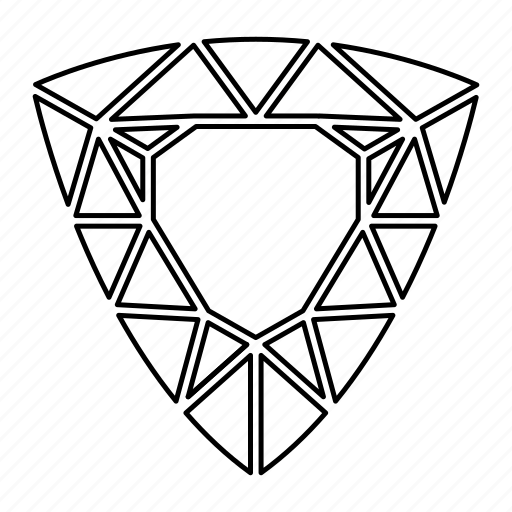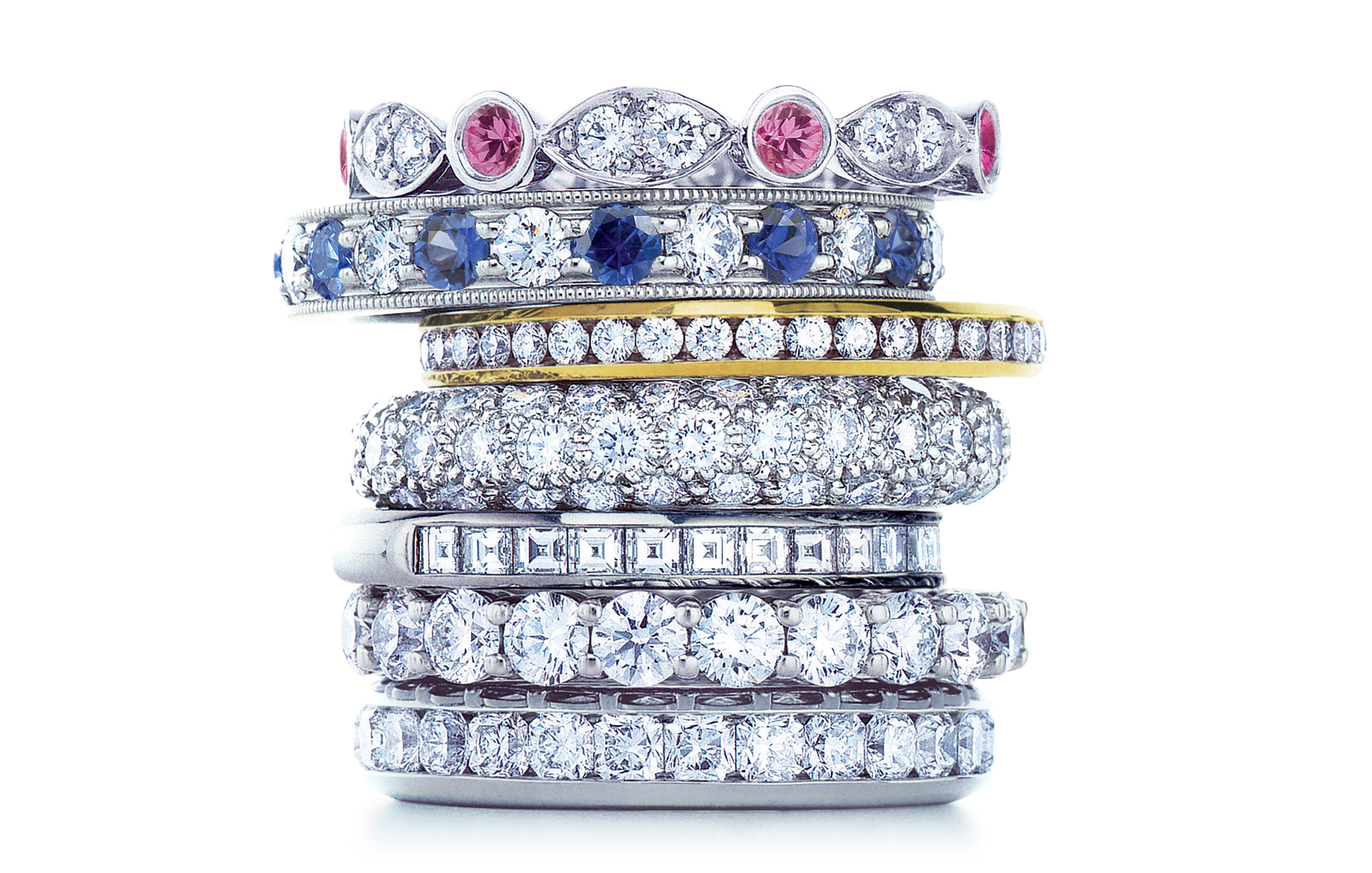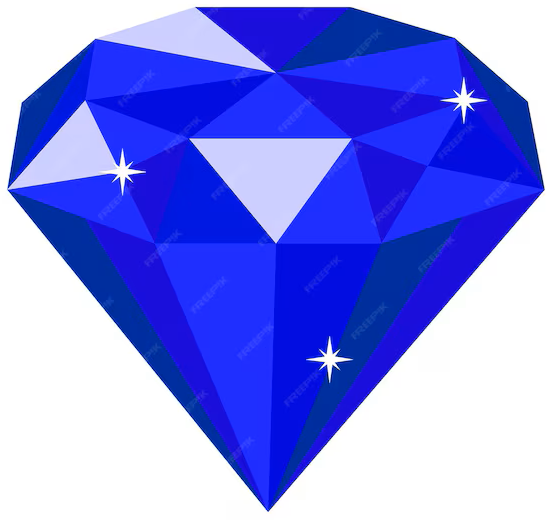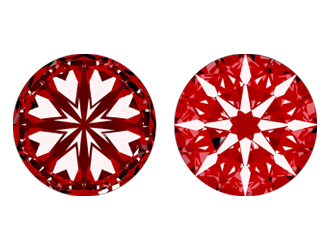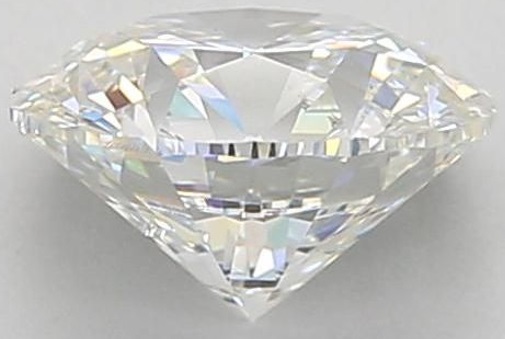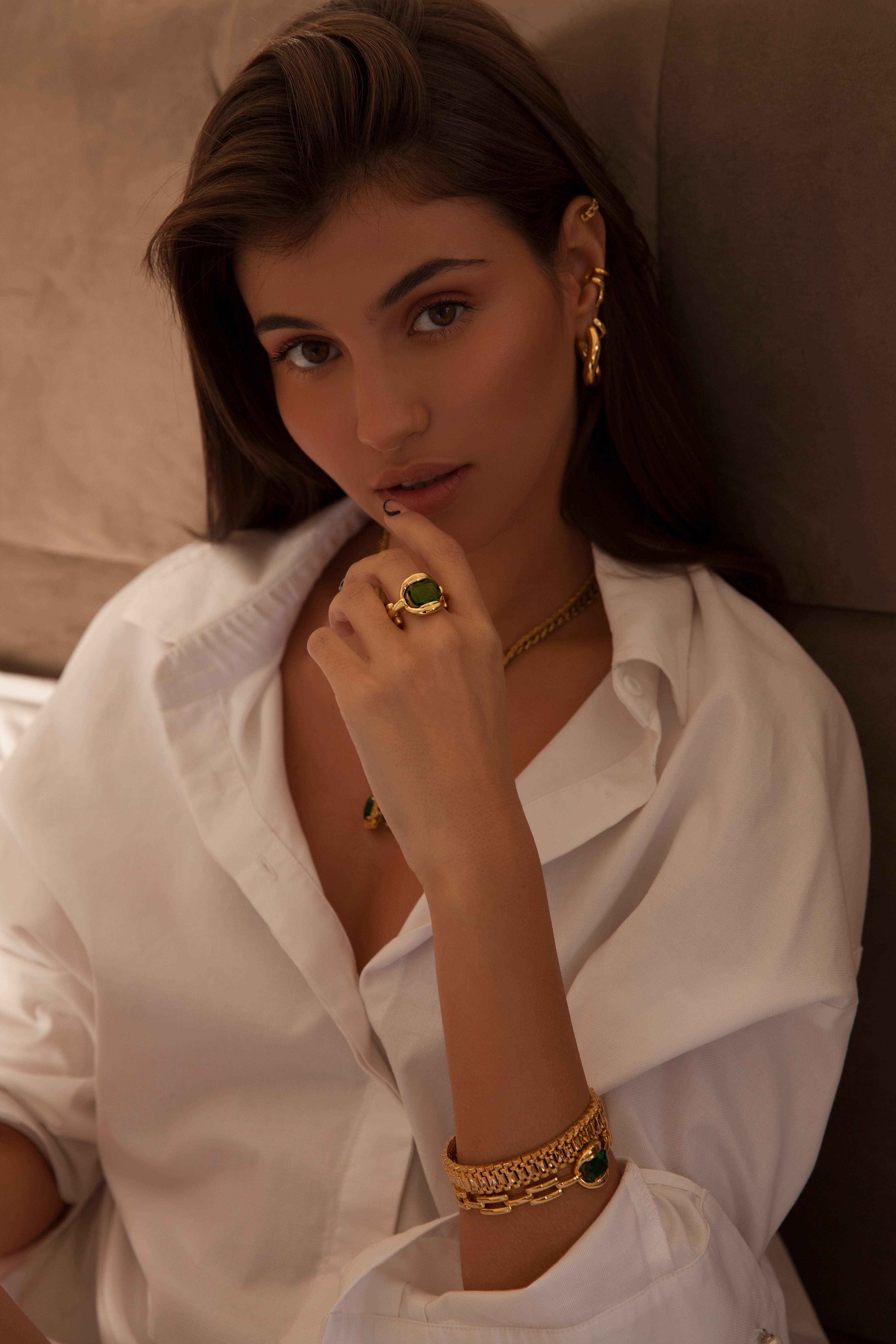Custom Color Diamond FAQs
A colored diamond, often called a flowery coloured diamond, is a unprecedented and particular gemstone prized for its vibrant and distinct shades, that can encompass sunglasses of blue, red, yellow, green, and more. not like traditional colorless diamonds, colored diamonds derive their shiny colors from hint factors or structural distortions at some point of the crystal formation manner.
colored diamonds, additionally called fancy color diamonds, derive their colorings from the presence of hint elements or structural imperfections during their formation technique. unlike conventional diamonds which are colorless, these diamonds collect wonderful colors, which include red, blue, yellow, or green due to the incorporation of factors like nitrogen, boron, or radiation publicity.
Colored diamonds derive their particular colors from the presence of trace elements, structural defects, and radiation expoYes during their formation. not like conventional colorless diamonds composed of pure carbon atoms, coloured diamonds incorporate additional elements, which include nitrogen, boron, hydrogen, or radiation-brought about lattice distortions.
Colored diamonds derive their unique hues from the presence of hint elements, distortions inside the crystal lattice structure, and outside elements during their formation. in contrast to colorless diamonds, which can be valued for their loss of color, colored diamonds showcase colourful colours because of the incorporation of elements like nitrogen, boron, or hydrogen during the diamond's increase technique.
The rarest colored diamond is often taken into consideration to be the crimson diamond. Purple diamonds are extremely scarce, with the most effective handful known to exist worldwide. Their vibrant and excessive red hue is attributed to the presence of a rare distortion in the crystal lattice shape during their formation process.
Colored diamonds can go through synthetic upgrades to improve their shade or universal look. Commonplace remedies encompass irradiation, which introduces colour-converting elements, and excessive-temperature annealing, which enhances or alters current colors. The intention is frequently to create more colourful and suitable shades.
Colored diamonds are graded based totally on the intensity and hue of their shade, using a system established by the Gemological Institute of the United States (GIA). The GIA grades colored diamonds on a scale that stages from faint to fancy deep, with extra modifiers for hue, tone, and saturation.
Diamonds are categorized based on their color, a vital component influencing their fee. The Gemological Institute of the usa (GIA) uses a scale from D (colorless) to Z (mild yellow or brown) to grade diamonds. the types are divided into colorless (D-F), near-colorless (G-J), faint yellow (ok-M), very mild yellow (N-R), and light yellow (S-Z). The most precious diamonds generally fall within the colorless and close-to-colorless classes, as they showcase a higher degree of transparency and allow more light to pass via, maximizing their brilliance.
Synthetic or lab-grown colored diamonds do exist. These diamonds are created through advanced technological processes that replicate the situations in which natural diamonds are shaped. By introducing precise factors or impurities at some stage in the boom system, scientists can produce diamonds with diverse colors, which include blues, pinks, yellows, and greens. Lab-grown coloured diamonds have won reputations for their ethical and environmental benefits, as they dispose of concerns related to the ethical sourcing and environmental effect associated with conventional diamond mining.
Fluorescence in a diamond refers to its ability to emit visible light while uncovered to ultraviolet (UV) radiation. The presence of fluorescence can have an effect on the diamond's color. even as some diamonds showcase a bluish or milky fluorescence, most usually, blue fluorescence can offset a yellowish tint in diamonds with lower color grades, making them appear whiter and probably extra treaYesd.
Yes hues are extra popular and well known in coloured diamonds, with rare and excessive shades commanding higher cost. Amongst coloured diamonds, pink and blue are specially prized, with shiny and saturated tones being the most appropriate. crimson diamonds are extraordinarily uncommon and consequently incredibly coveted, while inexperienced and red diamonds additionally rank most of the most sought-after colorings. the overall rarity, depth, and purity of the color notably have an effect on the value and desirability of colored diamonds inside the market.
Colored diamonds can deliver various symbolic meanings, with each hue often related to distinct characteristics. for instance, crimson diamonds may additionally represent passion and love, while blue diamonds can symbolize tranquility and loyalty. Yellow diamonds are often connected to energy and optimism, even as crimson diamonds may additionally bring femininity and beauty.
The color of diamonds is stimulated by natural elements, which include the presence of trace factors and structural defects at some stage in their formation. One widespread factor is the presence of nitrogen, which can impart a yellow or brown hue to diamonds. The quantity and association of nitrogen atoms inside the crystal lattice affect the depth and colour of the colour.
Colored diamonds, also called fancy shade diamonds, can exhibit a phenomenon known as "color trade" in certain situations. This unique feature is commonly found when the diamond is exposed to one-of-a-kind lighting conditions. a diamond may seem to have one color in natural daylight and show off a unique hue while regarded as below synthetic light resources, including incandescent or LED lighting fixtures. This phenomenon is due to the diamond's interaction with varying wavelengths of light, inflicting the notion of various colors.
The cut of a colored diamond holds large importance because it at once affects the gem's brilliance, sparkle, and usual visible enchantment. A well-completed reduction enhances the diamond's capacity to mirror and refract light, maximizing its color intensity and developing a stunning display of shades. not like colorless diamonds, where the emphasis is in general on minimizing inclusions, in colored diamonds, the Cut plays a critical position in showcasing the distinct color.
Fancy-colored diamonds are normally greater high priced than different colors because of their rarity and unique traits. The Gemological Institute of the us (GIA) categorizes diamonds into various shade grades, and fancy-colored diamonds fall outside the conventional colorless to light yellow variety. hues like blue, purple, red, inexperienced, and violet are considered uncommon and enormously sought-after in the diamond marketplace.
Colored diamonds may be a unique and terrific desire for engagement jewelry. Those rare and colourful gemstones, together with colors like blue, pink, yellow, and inexperienced, offer a different and personalised alternative to conventional white diamonds. Colored diamonds are graded primarily based on depth and hue, making it viable to discover a stone that aligns with personal options.
Colored diamonds, like conventional white diamonds, are composed of carbon atoms organized in a crystalline structure, making them equally long lasting on a hardness scale. Each kinds of diamonds shares the same fantastic resistance to scratching and wear, as they are rated 10 at the Mohs scale of mineral hardness. The color in colored diamonds is generally due to the presence of trace elements or structural defects, which does not compromise their sturdiness.
The big red diamond is a unprecedented and tremendously large purple diamond, regarded for its beautiful shade and excellent size. Mined in 1999 in South Africa, this splendid gem weighed, to begin with, 132.5 carats before being cut right down to 59.6 carats to beautify its beauty.
One of the most famous colored diamonds with charming records is the Wish Diamond, a deep blue diamond believed to be initially mined in India. This 40-50-carat gem has a long and mysterious journey, passing through numerous owners, including French royalty and American socialite Evalyn Walsh McLean. Legend has it that the diamond includes a curse.
















